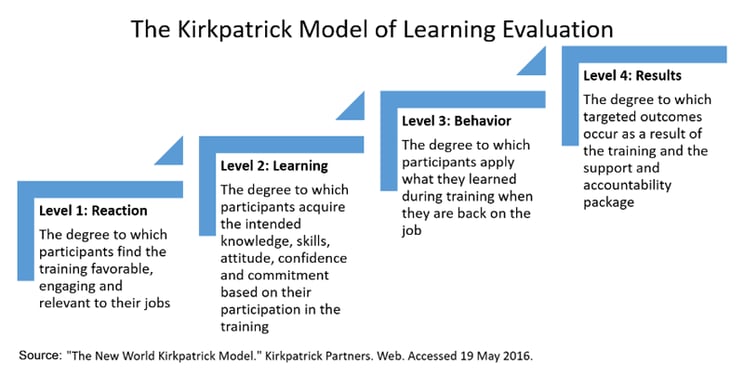
With over 700 LMS vendors vying for your attention, the learning management technology industry can seem like an open market, with hawkers at every stall shouting about why you need their wares, vying for your attention. When you add the thousands of consultants and resellers, it can seem like absolute chaos.
Our advice is to plug your ears and turn your eyes inward. We don’t believe a discussion about which learning management system is the best for you is useful until you have aligned your learning strategy to your business objectives.
According to a recent Brandon Hall Group study, only 30% of companies believe their learning strategies are highly aligned to business goals.[1] That’s a troubling thought when employee development has such a significant impact on business. It connects to many other talent management programs (or should), and it may well be the most expensive component of your human capital infrastructure.
If your enterprise learning strategy is not aligned with your workforce and business objectives, or if you don’t know if it is, we recommend you not give another thought to what solution might be best until you have built a sound strategy.
If you read our blogs regularly, you will see that we believe it is the right way to begin any initiative – even if you arrive at the conclusion that the best approach is to do nothing.
Let us share some of our thoughts about how to go about it.
Make Strategic Alignment the First Thing You Do
Start one-on-one conversations with line-of-business leaders about organizational performance. Explore how learning and development align with their strategic priorities.
Focus the conversation on how learning helps them get results (or doesn’t). If they are not getting the kind of support they need, ask them to describe what employees need to know to perform their jobs well.
Be prepared for negative feedback. When you get it, encourage them to vent their frustrations. You will gain a clearer idea of their needs and what kind of support they need to meet their objectives.
Don’t be surprised to learn there are independent learning solutions scattered around the organization. Ask how they help achieve business goals and what the impact is. You may find a solution that will help other parts of the company.
We also recommend that you explain that modern platforms are often designed to accommodate both centralized and local control. You may find a distributed model works best.
Measure the Right Things
Ask your LoB leaders how they can measure the financial impact of learning. For example, if you have a sales training program for new inbound salespeople, ask what the impact on revenue would be if you didn’t have the program. If they voice a desire for a new training program, ask how they could measure its impact.
The purpose of these discussions is to connect learning efforts directly to strategy and to lay the groundwork for evaluating the ROI of learning. If you do decide you need to replace or upgrade your LMS, you will need to show the return on investment.
Most organizations have not progressed much beyond the first level of the Kirkpatrick learning evaluation model. They are still trying to prove the value of learning by measuring how happy participants are. Current trends in business models require a much more results-oriented approach.

When a CEO or CFO is evaluating investments in the firm, they are primarily interested in Level 4.
They will see the first three levels and nice to know, but they want to know the financial impact on the business.
Strategy First
Don’t let technology dictate your learning strategy. Let your business needs do that. Once you and your business leaders have agreed on where you want to go, getting there will be much easier.
The next phase will be an assessment of capabilities to match them with current and future needs. Watch for our coming article on how to conduct an internal learning assessment, coming soon.
References:
[1] Wentworth, David. State of Learning & Development: The Struggle with Strategy. Brandon Hall Group. 2015.
Phenomecloud is a full-service technology company dedicated to helping clients solve business problems, improve the capability of their people, and achieve better results.





Leave a Comment